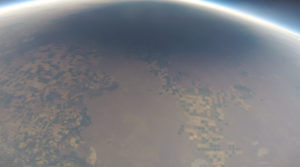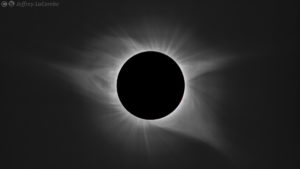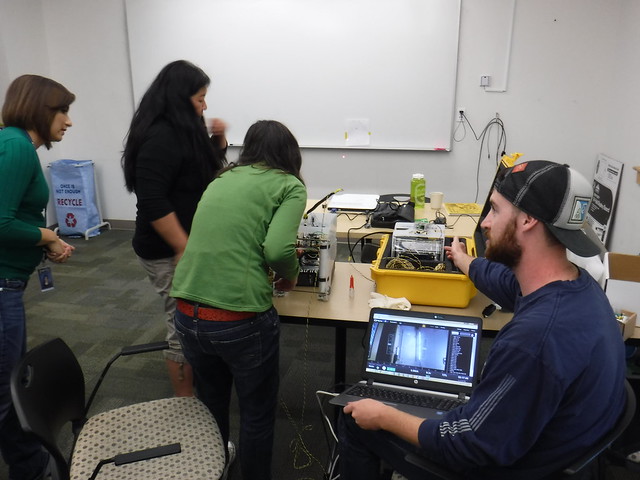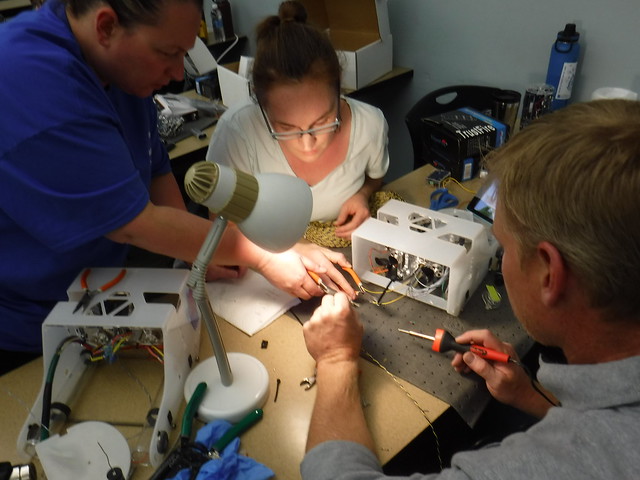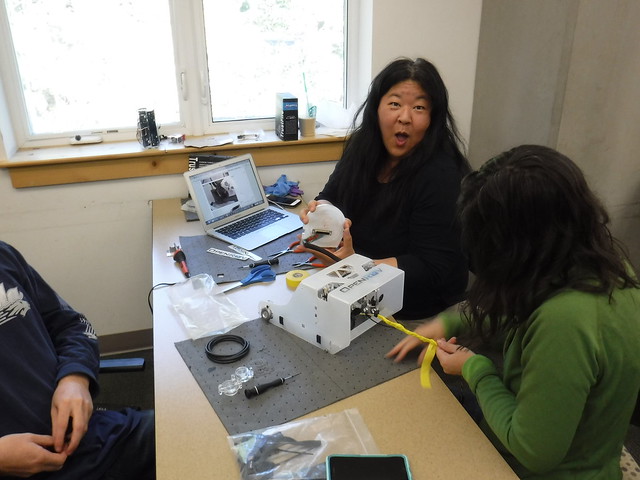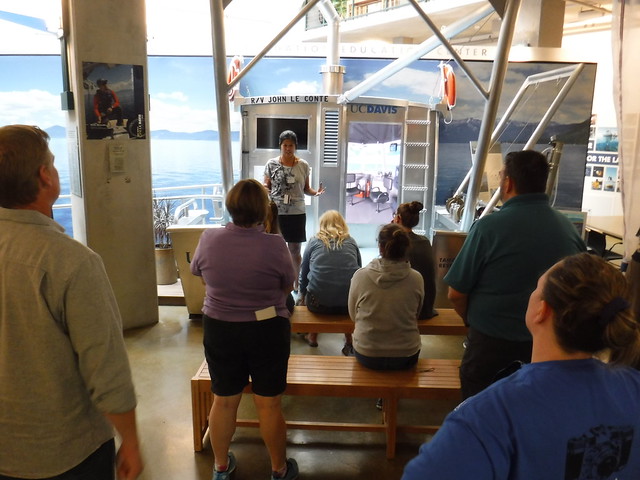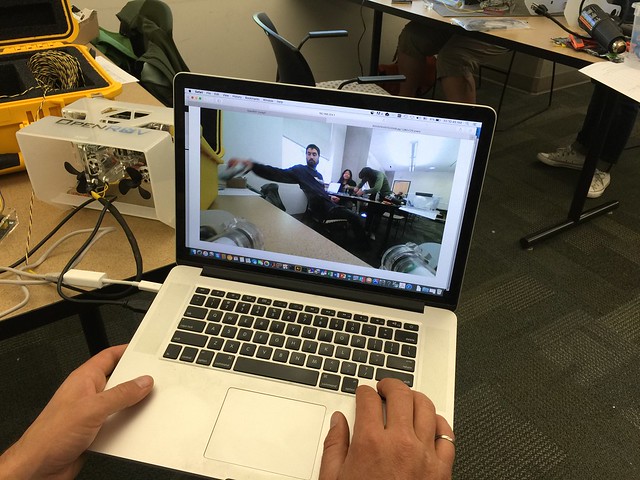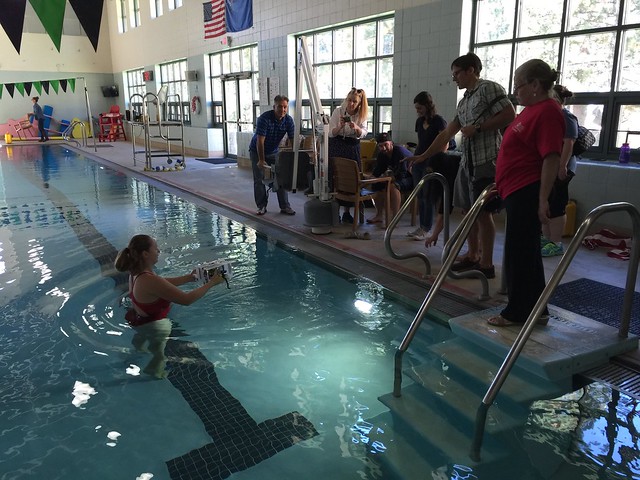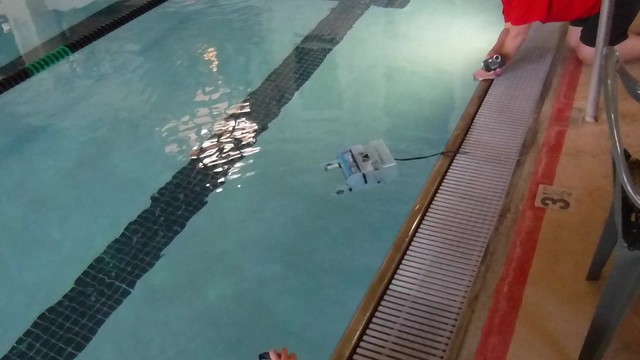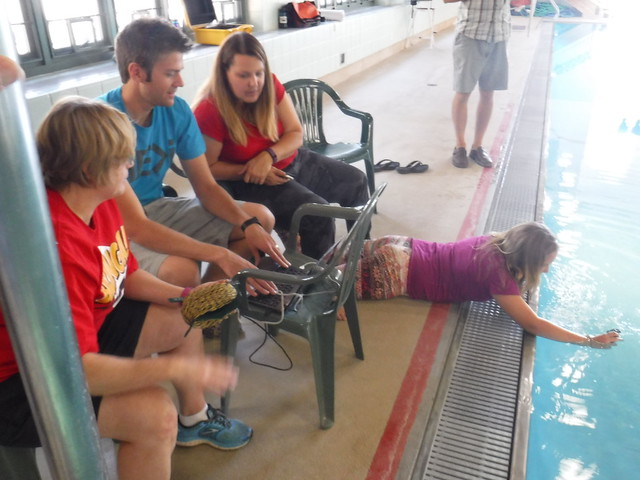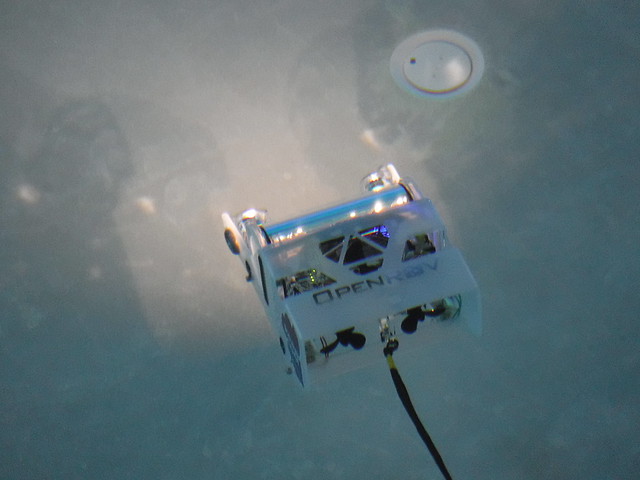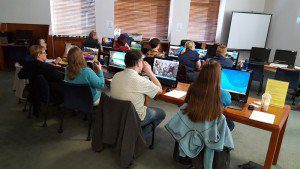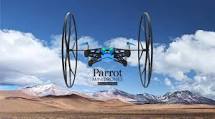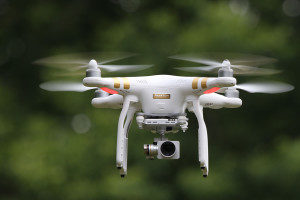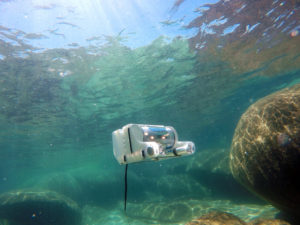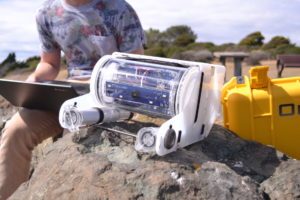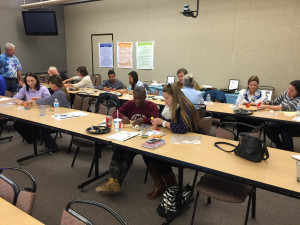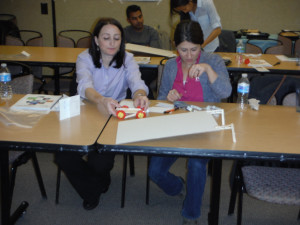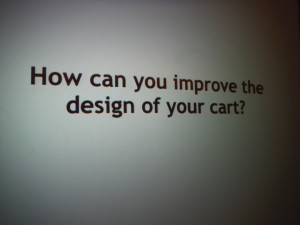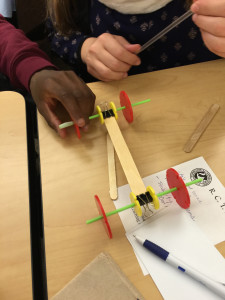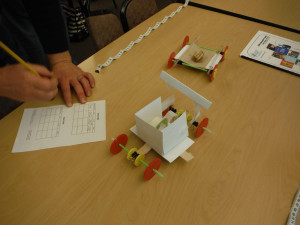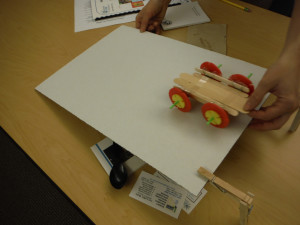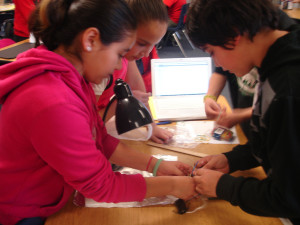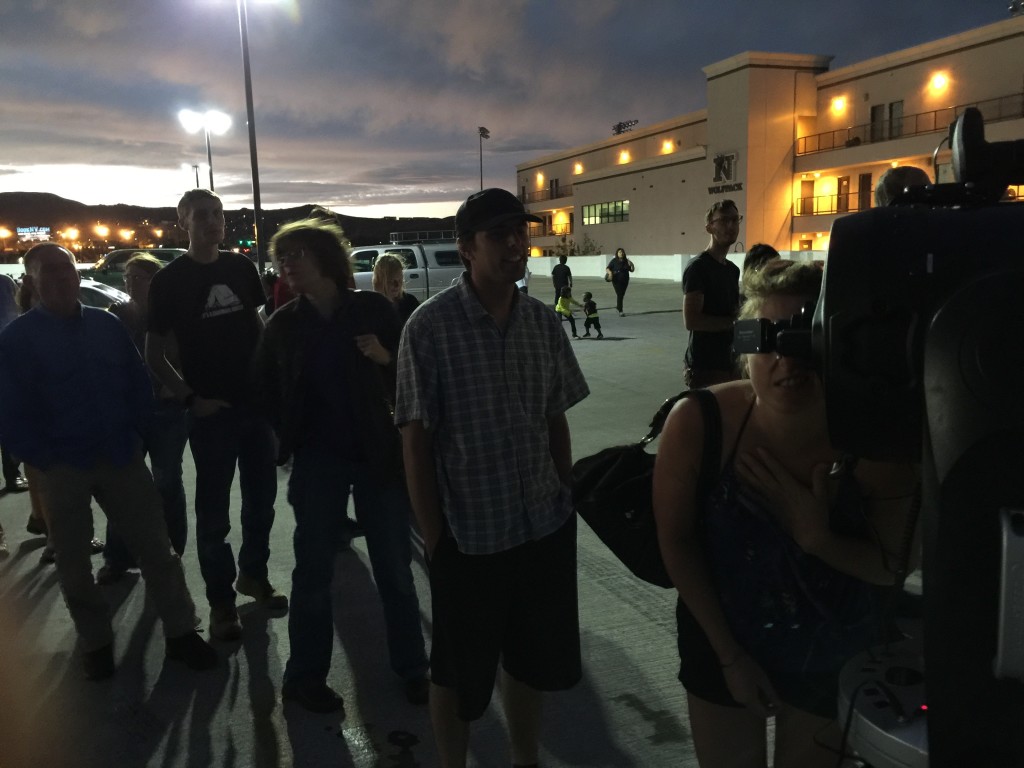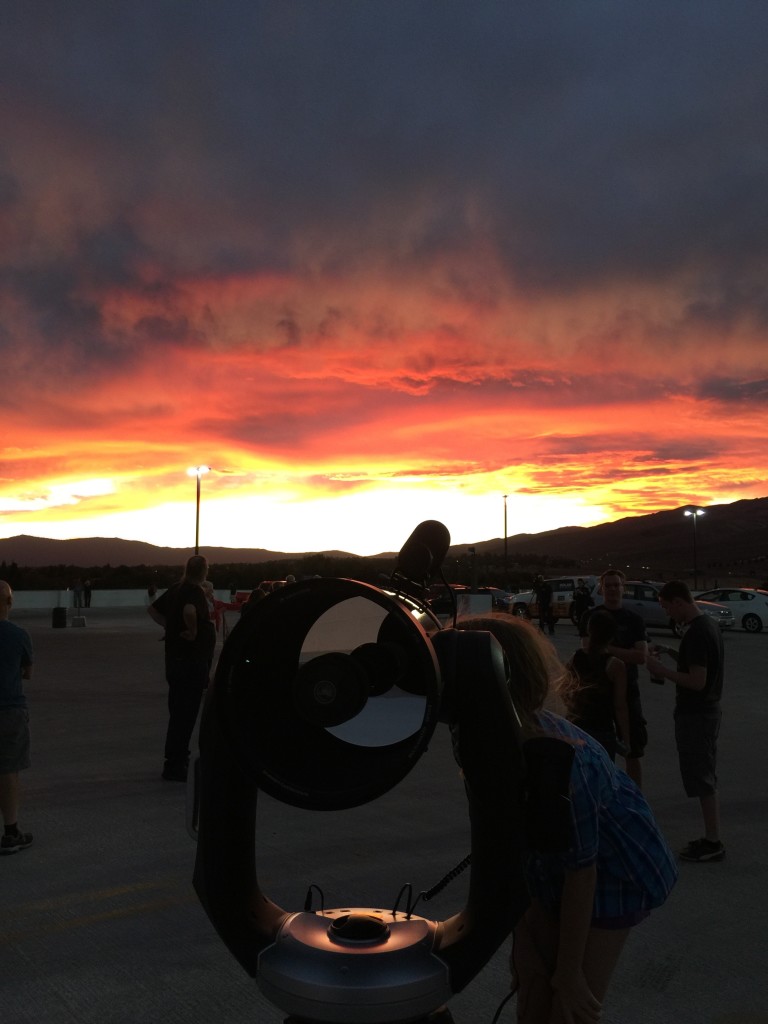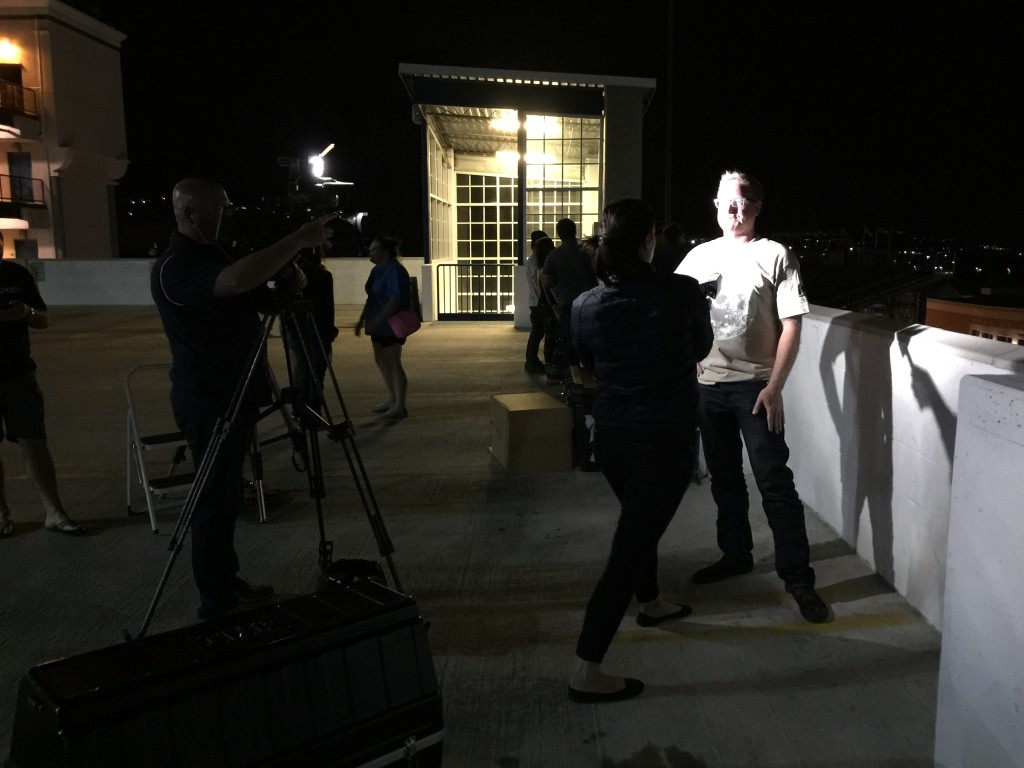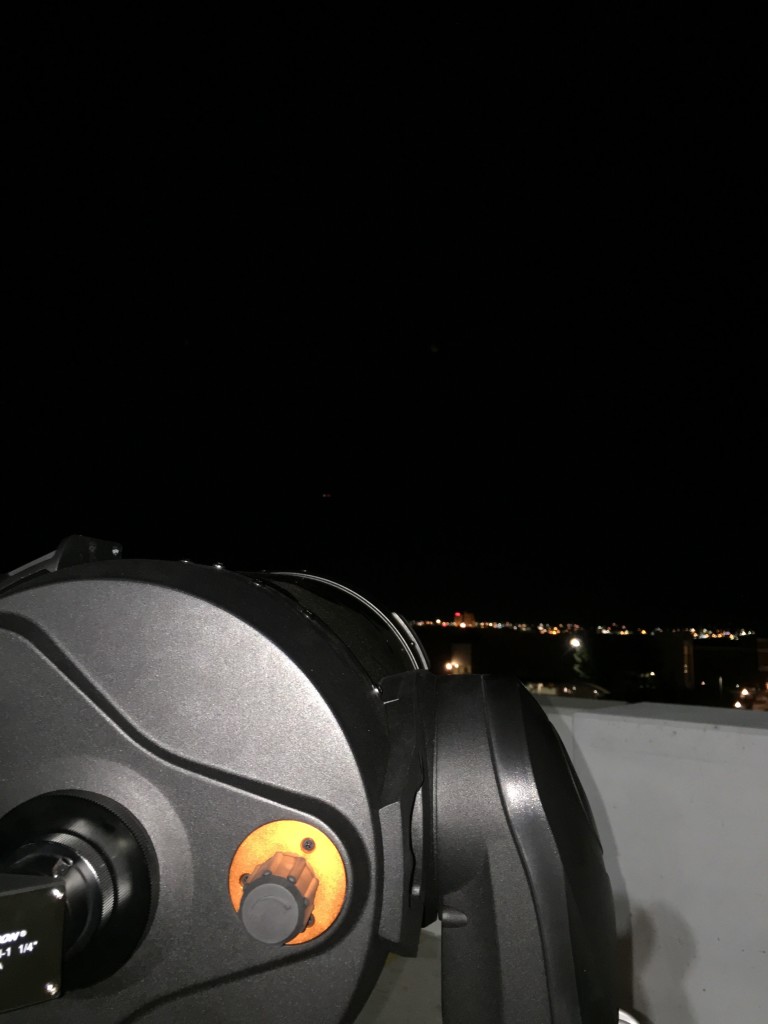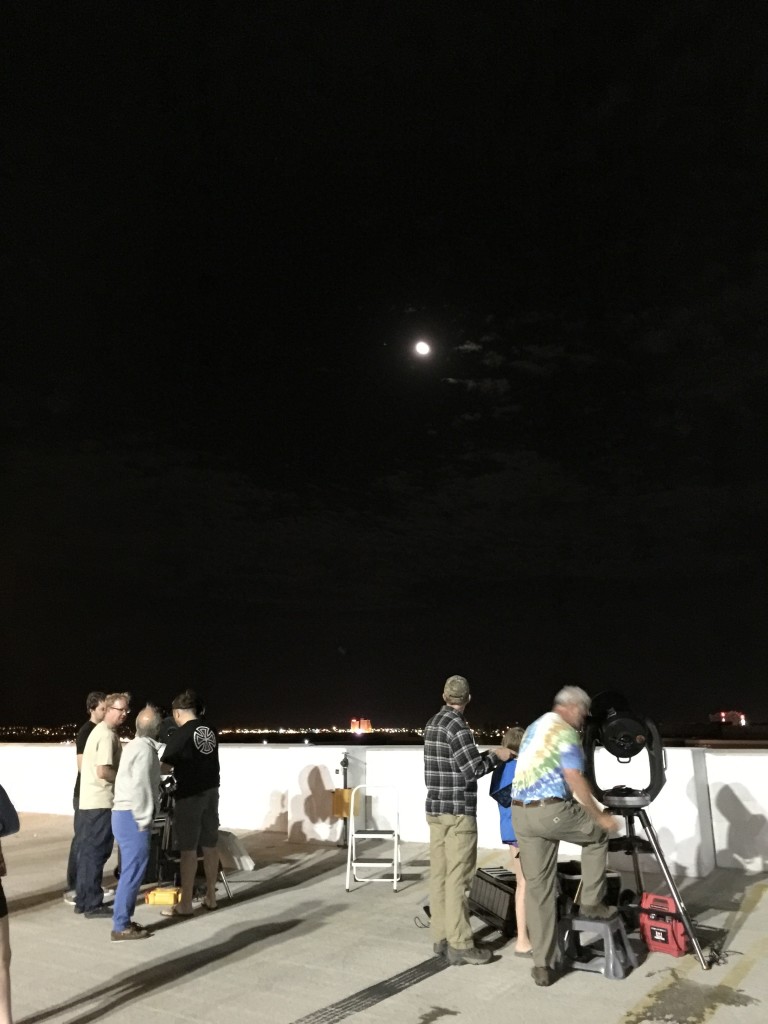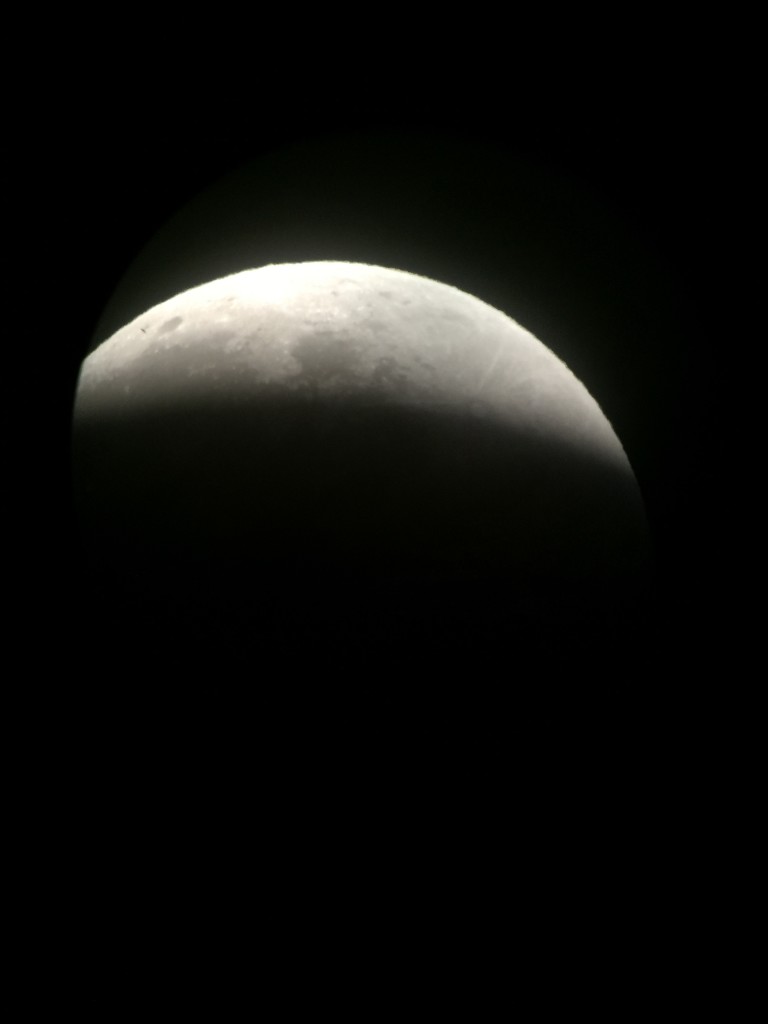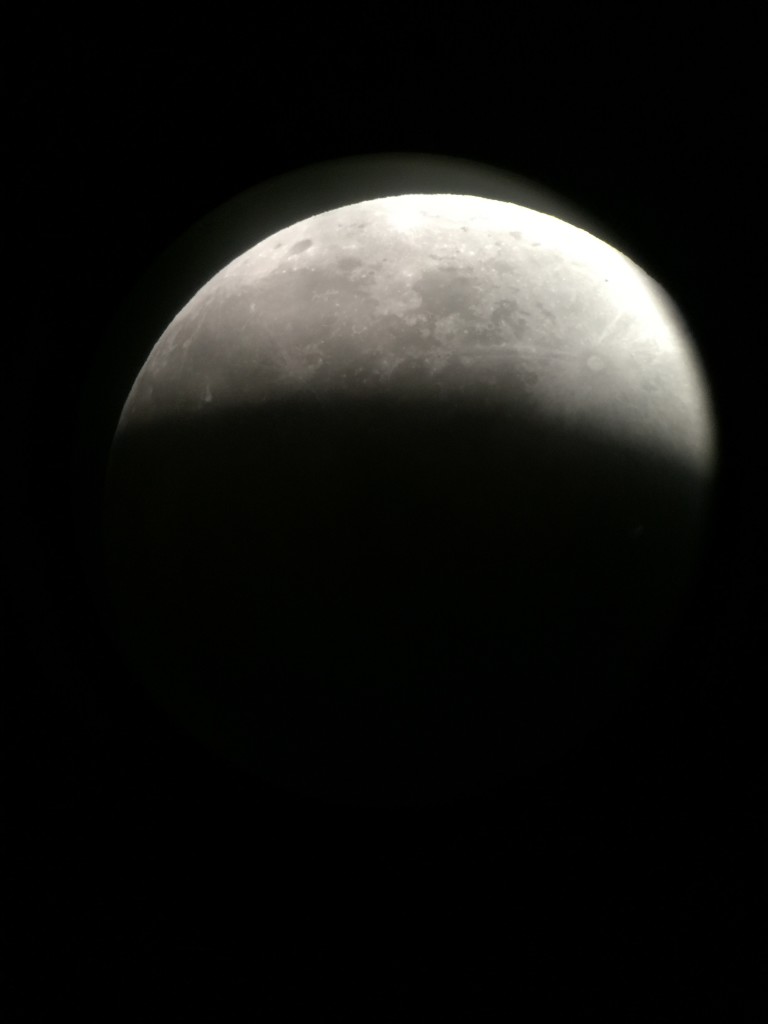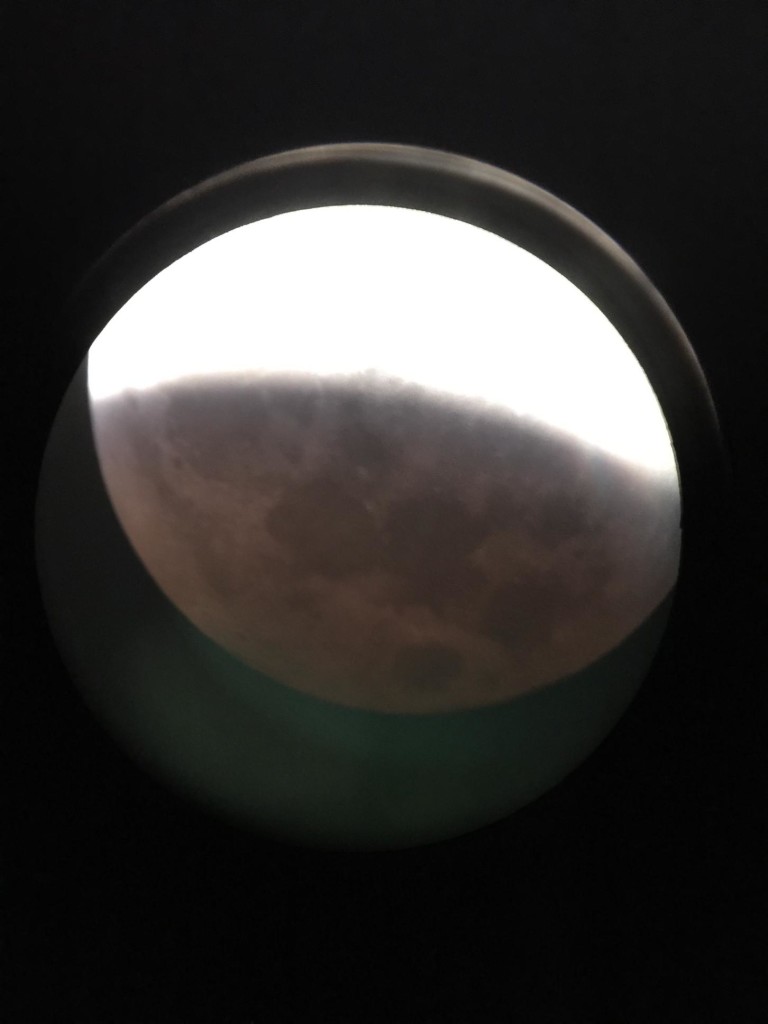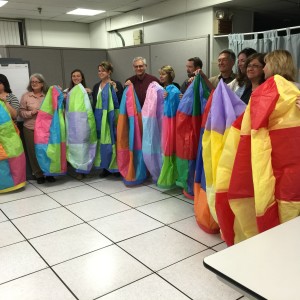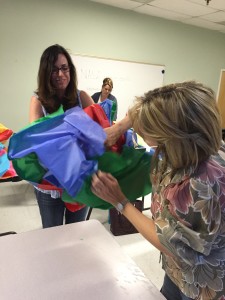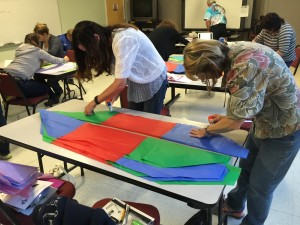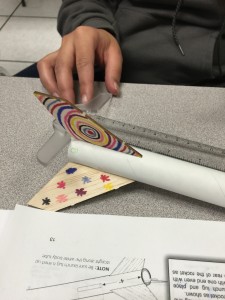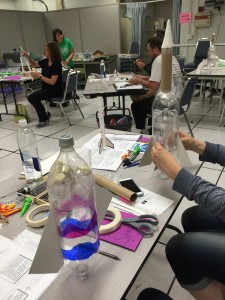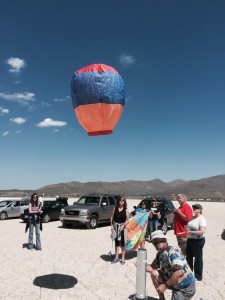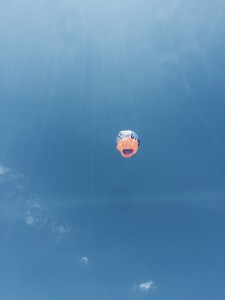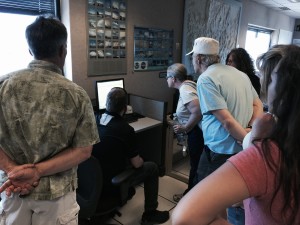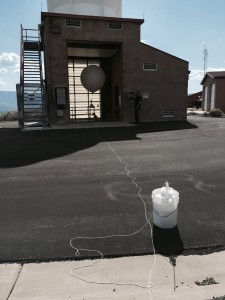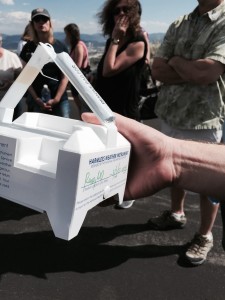From the NSTA Position Paper on Elementary Science:
“High-quality elementary science education is essential for establishing a sound foundation of learning in later grades, instilling a wonder of and enthusiasm for science that lasts a lifetime, and in addressing the critical need for a well-informed citizenry and society.”
No Child Left Behind and other well meaning, but very misguided (at best) education reform legislation narrowed out science (as well as a long list of other invaluable subjects) from the curriculum, especially from “at risk” schools. The thinking (wishing? assumption?) was that students that were behind in language and math would “catch-up” more quickly if schools and teachers just focused on those subjects. In addition the “research-based” programs that were promoted and funded tended to rely heavily on direct instruction and very little on making sense by doing. The assumption was made, promoted and implemented (with rigor and fidelity) that students would catch-up on the science, social studies, art, PE and more once they got to 7th grade. (Mostly … they aren’t catching-up)
In my own 30+ year experience teaching elementary students, mostly “at risk” students, I found over and over that science and making experiences motivated students to read and write and use oral language skills to explain their thinking. I shared some of those experiences during a TEDx talk I gave in Denver years ago. I’ve also shared numerous blog posts here about the learning my students have done because we did hands-on “doing” pieces that lead to lots of language arts and math … in fact I believe more powerful language arts and math than just following a program.
I’m not saying there isn’t a place for direct instruction, just that direct instruction and practice is way too sterile and uninspiring to slog through day after day. It tends to be a desirable approach for “other peoples” kids to be subjected to.
The curiosity and wonder that evolve from science and STEM inquiry (as well as art, social studies, and more) should be consistently promoted by daily science instruction and experiences. AND language arts and math time should be devoted when applicable to science. I note that the NSTA Position Paper on Elementary Science espouses:
- There must be adequate time in every school day to engage elementary students in high-quality science instruction that actively involves them in the processes of science.
and that:
- NSTA recommends that science be given equal priority as other core subjects, so schools should strive for at least 60 minutes of science instruction a day, including significant science investigations.
How many students have become disengaged and bored by a curriculum that focuses on skills and has narrowed out the subjects and activities that many students connect with? A focus on language arts and math are interesting to students that connect well, are successful with and motivated by those subjects, but too many struggle and are frustrated by that focus. Use the subjects and activity that they connect with to give them reason and curiosity to engage more with learning. Understanding how things work and feel and smell and sound brings meaning to reading that another worksheet or skill lecture can’t develop.
The NSTA Position Paper on Elementary Science goes much deeper into the many reasons science learning time and quality experiences should be expanded and nurtured in our schools. It is well worth reading.
Learning is messy!

